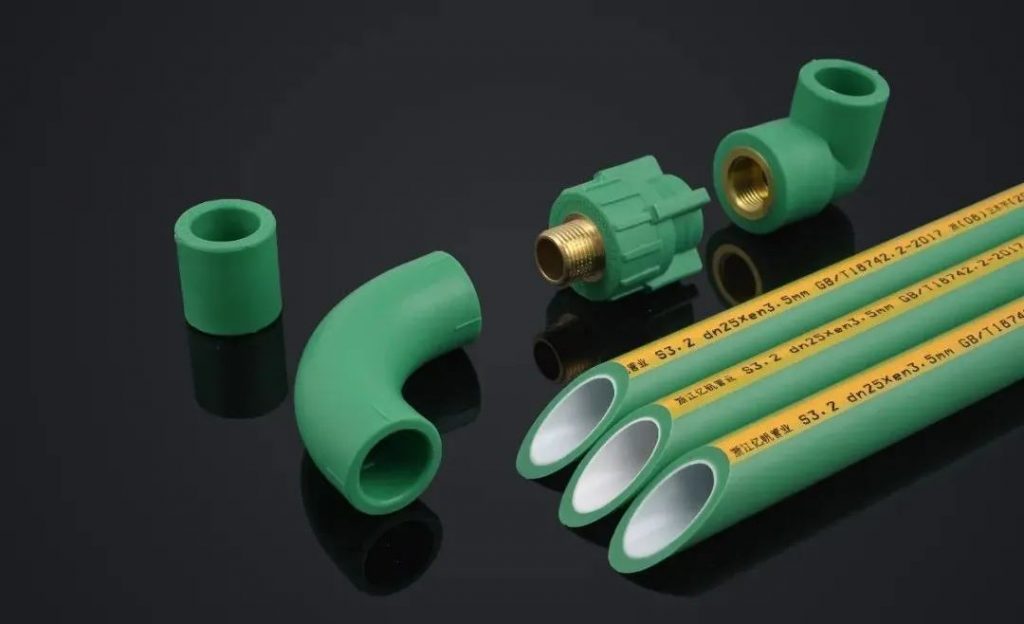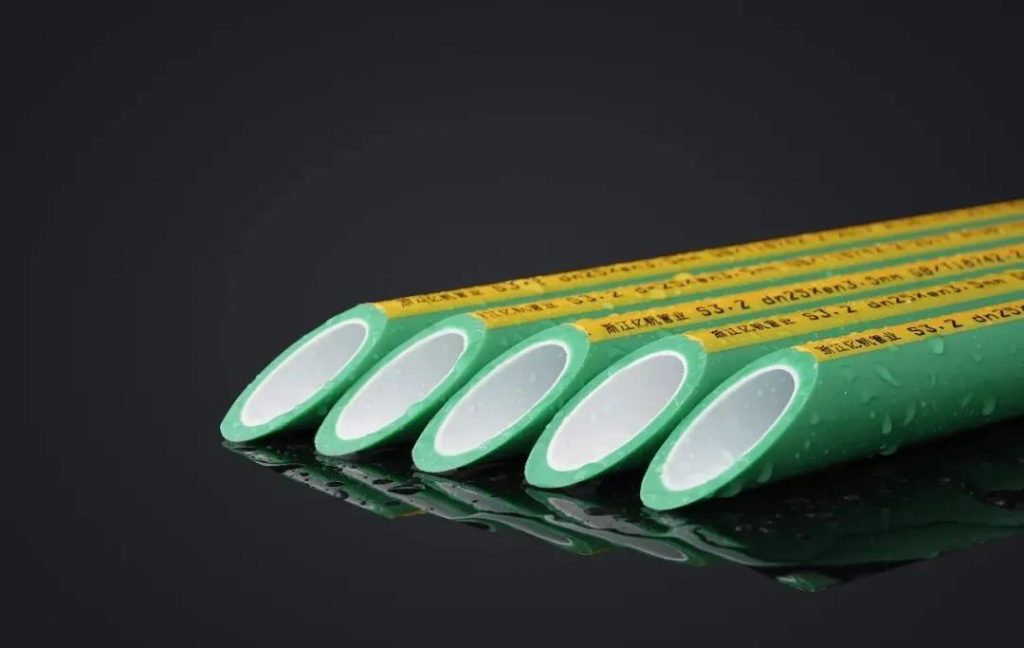Answers To Questions About PPR
What does the coding on the water pipe generally contain?
The surface of the PPR water pipe generally has a series of spray codes, which compose of characters and numbers. The spray code on the water pipe generally contains brand information, product specifications, industry standards, operating specifications, production dates, etc.
The inkjet code can erased. Is this a normal phenomenon?
In order not to damage the surface of the pipe, the printing on the PPR pipe that we generally see adopts the environmentally friendly ink jet coding technology. The code only attach to the surface of the pipe and will not penetrate or chemically react with the pipe material. Due to the smooth surface of the pipe, the relevant content printed by inkjet coding will fade or disappear with continuous friction for a long time, which is a normal phenomenon and does not have any impact on the quality of the product itself.
There is a white edge on the cut surface of the water pipe. Is there a problem with the material?
PPR raw material is commonly known as random copolymer polypropylene, which is a kind of polymer. The appearance of white edges after cutting is a unique property of plastic polymers. It means that under the action of tensile stress, the polymer produces local plastic deformation due to stress concentration in some weak parts of the material, which call the “silver streak phenomenon”. , after heating, the silver streak will disappear.

Are the water pipe fittings made of pure brass?
The metal used to make plumbing fittings is generally brass. Brass is an alloy composed of copper and zinc. Brass has strong wear resistance and hardness, and its physical properties have been proven to be suitable for the manufacture of valves, water pipes, connecting pipes for internal and external air conditioners, and radiators.
Pure copper is not suitable for making pipe fittings due to its relatively soft texture. Its good electrical conductivity and ductility are suitable for making materials such as wires. In terms of appearance, brass is yellowish, while pure copper is reddish-purple.
The thicker the wall thickness of the water pipe, the better the compression resistance.
The compression resistance of the water pipe is indeed closely related to the thickness of the pipe wall. If the same material or similar material uses, the thicker the wall thickness, the stronger the compression resistance.
The SDR coefficient of the pipe, which means the standard size ratio, is the ratio between the nominal outer diameter of the pipe and the nominal wall thickness and is an important parameter that determines the ability of the pipe to withstand internal pressure.
Its recommended to use SDR6 grade pipes during decoration, that is, the wall thickness of 6 pipes is 4.2mm standard, and the wall thickness of 4 pipes is 3.4mm standard. However, the compression resistance of different pipeline products cannot be judged only by the wall thickness, and the characteristics of the raw materials themselves need to be considered.

How to choose the water pipe specifications?
The selection of indoor pipe specifications mainly depends on the specifications of the indoor water pipes. Domestic water pipes generally 25mm in size and commonly known as 6 branches. In principle, the specifications of the water pipes received indoors should be less than or equal to the specifications of the water pipes entering the household. According to the usage habits of different regions, the size of the house, and the number of water outlets, most houses choose 25mm 6-pipe and 20mm 4-pipe for decoration. , can meet the needs of users.
What do different industry standards mean?
Each country and region will use some standards to regulate the development of related industries. In the PPR pipeline industry, we usually have EN/DIN/GB standards. EN stands for European Union standards, DIN stands for German standards, and GB stands for Chinese national standards.
This is our Facebook Website:www.facebook.com,Follow IFAN and takes you to learn more about the industry.

